So, I am not an artist or painter, and I don't have a great deal of understanding of colors and perspective and all those things that make art...well, art. I was just getting out of college when paintings began to hold any sort of interest. And even then it was by accident.
Back in the 90's, my brother, Brian wanted to go see the Monet exhibit at the High Gallery in Atlanta, and I agreed to go along for the ride. Now Brian had rented one of those headsets like an old Walkman which narrated the exhibit as we walked through, but since I wasn't that into it...and I was cheap... I really hadn’t bothered to go rent one.
Well, the Monet exhibit was popular and the crowds were moving at a snail's pace, and they all had the headsets, so they were fine. But I had no idea, really, what I was looking at. We were standing in front of Monet’s haystacks when Brian took his headset off and put it on my head and handed me the control box and went off to get another one of his own. I stood there as I listened to the narrator talk about the story behind the paintings. He said those haystacks which dotted the countryside (and still do — at least up here) were symbols of peasants. He said they were subversive messages of support in that time and place where poor folk were treated in ways less than humane.
And that afternoon a light bulb went on for me as I began to realize that art is often more than beautiful images captured well. Many times a larger story is being told. The art points to something beyond itself.
So, because of that, I found myself fascinated by a series of Youtube videos that I watched over the week while I've been under the weather. They are called “Saint John the Baptist: From Birth to Beheading.” The series looks at artwork featuring John that is found in the National Gallery in London. Again and again these experts explore the detail in the paintings, and they point out the meaning behind things that rubes like me would probably miss. Either way, over and over you hear that the story on oil and canvas points to something more.
Which, of course, is also what John does in all that we hear about him in scripture. Right here at the beginning of John’s Gospel not only does the Evangelist tell us that John was the one who came to testify to the light, but John the Baptist himself says so: “I am the voice of one crying out in the wilderness, make straight the way of the Lord.” “…. the one who is coming after me; I am not worthy to untie the thong of his sandal…” In the story told here and in all sorts of famous artwork we see John with his arm outstretched, pointing beyond himself. Pointing to Jesus.
And like John, our job is to get out of the way of the Coming One — to get out of the way so that others can see Him, too.
You know, I saw something of what this might look like in a hospital waiting room a few years ago in Knoxville. I was sitting with a family in the intensive care waiting room. There were a lot of people there, but this one young woman stood out in an area like Knoxville. She was wearing a black head scarf, and she got up and came up to me and asked if I could tell here which way was East.
This was an interior room with no windows, so we couldn't just go look. As I tried to download a compass on my smart phone, the man behind us jumped in and pointed her in the right direction. Quietly she stepped behind some chairs, laid down her prayer mat and began to pray. She knelt and stood with head bowed and knelt again. I noticed that during the time that she prayed, her mobile phone kept ringing — but somehow she seemed able to ignore it as she continued to kneel and bow.
At a different time, I might have given this unexpected strangeness quite a side-eye. But there, in that place, I was somehow touched. This was faith on display, quiet, reverential, respectful, and loving.
Well, I couldn’t help myself. After my people left, I went over and introduced myself. I asked her who she was praying for. “Oh, I’m wasn't, at least not right then, ” she said. “That was just my usual prayer.” She went on to thank me helping to point her in the right direction.
And then she smile and said, “You know, even if I hadn’t known which direction East was, it would have been all right. I still could have prayed.” In those next moments I had the pleasure of getting to know this woman and asked her tons of questions, all of which she patiently and serenely answered. Then I circled back around and asked her about who she was there for. And she told me they were waiting on news about her father who had six bypasses that morning. Six!
She told me his name was Muhammad Ishaq. And she said, “You know. Like your Abraham and Isaac.” Then she introduced me to her young son, Esau. And she said, “Like your Jesus.” I told her that if it was ok with her, I would keep her father in my prayers. She liked that. And saying my good-byes, I left the hospital and went on my way.
Our rituals are different, of course. Even so, I’ve been wondering ever since how it is that people know that you and I are pointing towards Jesus. For most of us it's not in how we dress. Or in the public practice of prayer. Or which direction we face when we pray.
So, what is it? How will people know that we are oriented in the direction of the Coming One? Will it be in what we say and do? Will it be in our generosity and joy? Will it be in our saying it out loud, as John did. The time is coming and is now here to point the way. Like John...and like that young woman I met in the hospital, how will we spend this remaining week, telling the world that we are pointing to One beyond ourselves?
Amen

